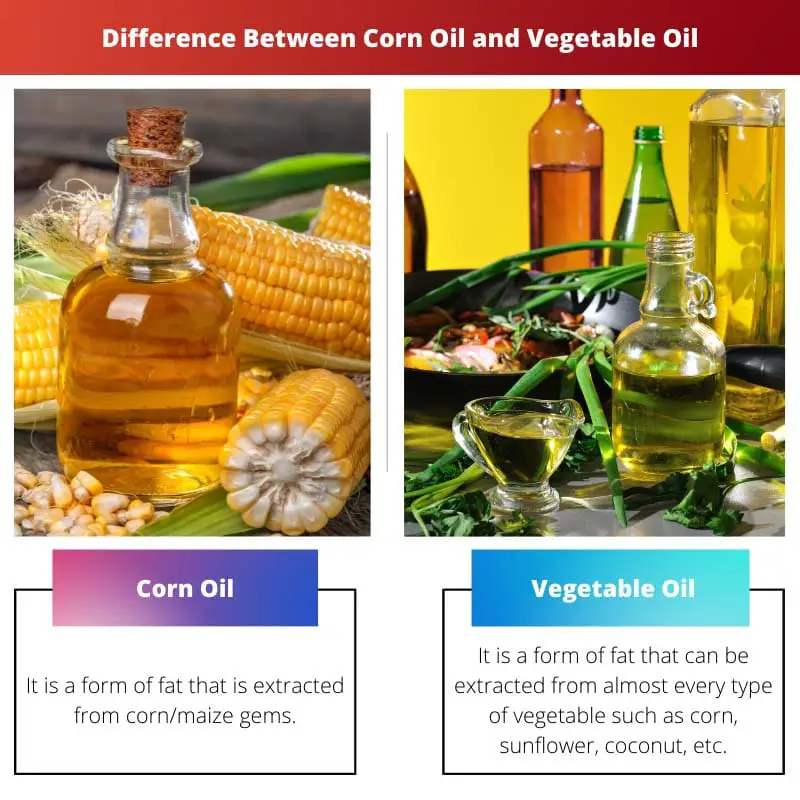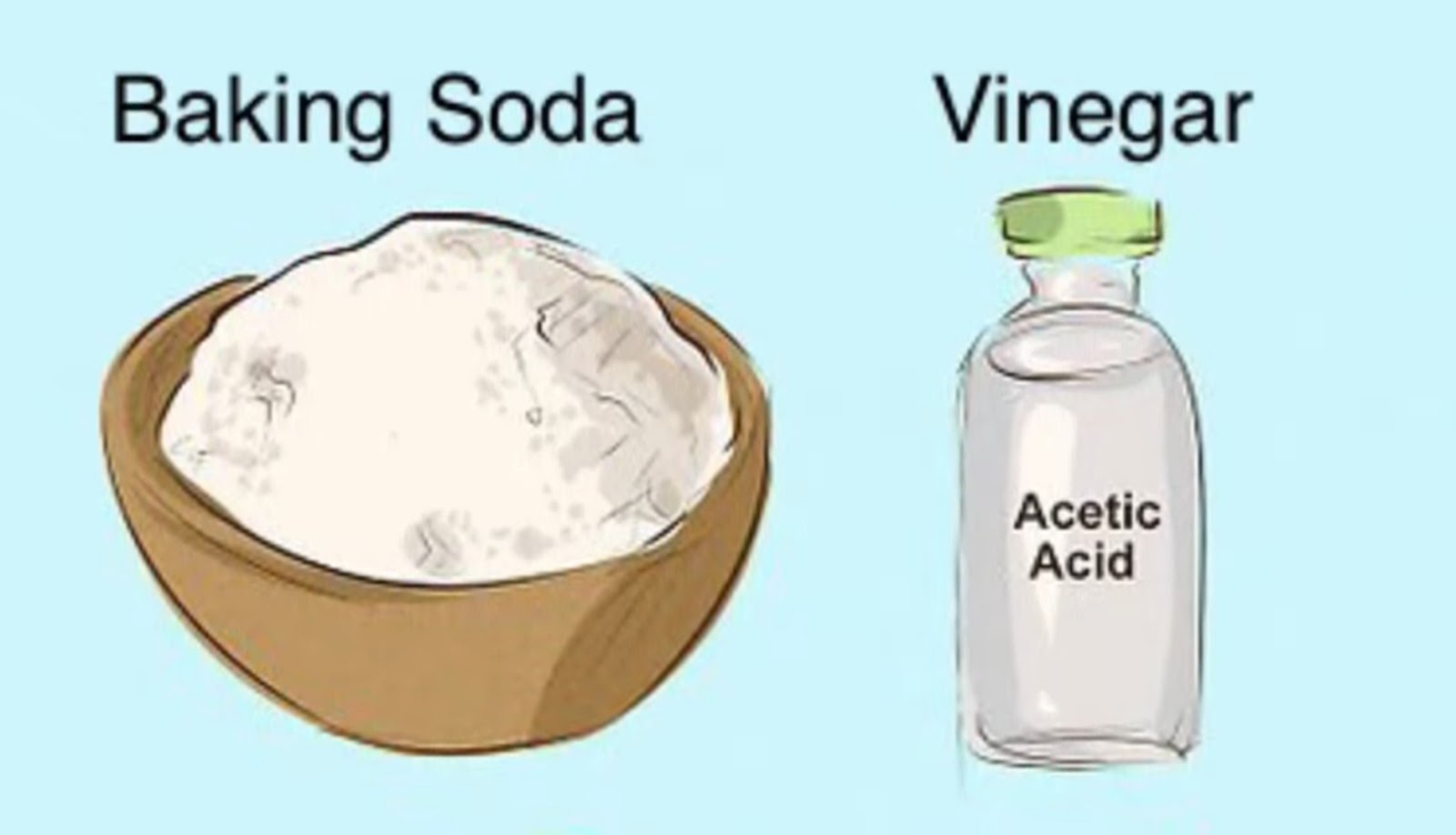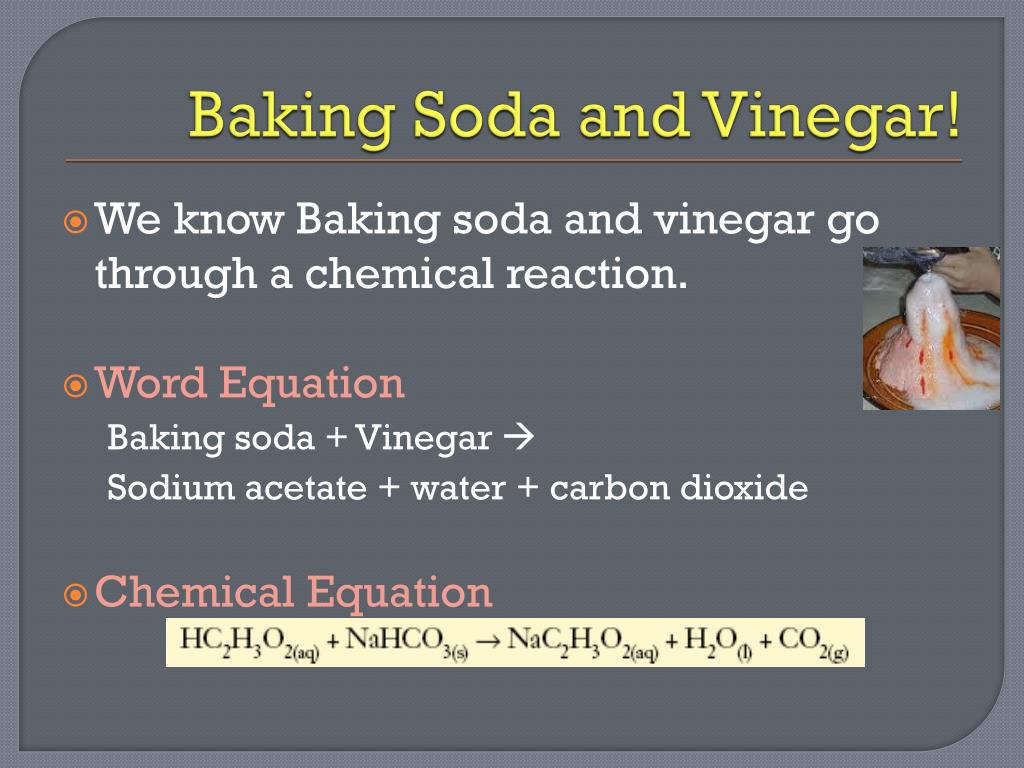
Corn oil vs vegetable oil: Understanding the nuances between these common cooking oils can significantly impact a dish’s flavor and overall outcome.
Selecting the right cooking oil is crucial for achieving desired results in the kitchen. The choice between readily available options impacts flavor profiles, cooking methods, and even nutritional content of dishes.
Mastering the subtle differences between various cooking oils enhances culinary control. This refined understanding translates to better browning, improved texture, and more consistent results across a range of recipes, from simple sauts to complex baked goods.
The prevalence of vegetable oils in modern cooking is rooted in their affordability and versatility, while corn oil has carved out a niche due to its specific flavor contributions and high smoke point. Historically, the extraction and refining processes have evolved, impacting the purity and characteristics of these oils.
For home cooks, the practical implications of selecting the correct oil manifest in everyday cooking scenarios. Whether searing meats, baking cakes, or creating dressings, an informed choice allows for achieving optimal flavor and texture. These subtle choices, when consistently applied, elevate the quality of daily meals.
Variations in processing methods, such as cold-pressing or refining, can lead to different flavor profiles and smoke points even within the same type of oil. One common misconception is that all “vegetable oil” blends are created equal; in reality, the composition varies widely.
The following guide offers a comprehensive comparison of two popular choices, diving into the specific characteristics, culinary applications, and potential trade-offs of each. By understanding these nuances, cooks can make more informed decisions and elevate their culinary creations.
Flavor profile
The flavor profile of cooking oils plays a pivotal role in the final character of any dish. When considering corn oil versus vegetable oil, this difference becomes particularly apparent, influencing everything from subtle nuances to overall taste.
-
Subtle Sweetness of Corn Oil
Corn oil often imparts a faint, underlying sweetness to dishes. This subtle characteristic can enhance the natural flavors of certain ingredients, especially in baked goods or when sauting vegetables, providing a delicate counterpoint to savory elements. Its mild flavor doesn’t overpower, but rather complements, creating a balanced sensory experience.
-
Neutrality of Vegetable Oil Blends
Vegetable oil, frequently a blend of different oils, is generally prized for its neutrality. This lack of distinct flavor allows the natural tastes of the primary ingredients to shine through. In applications where the oil should not contribute any discernible taste, such as deep-frying or creating delicate sauces, vegetable oil offers a reliable and unobtrusive option.
-
Impact on Delicate Flavors
The choice between corn and vegetable oil significantly influences delicate flavors. The subtle sweetness of corn oil might enhance the taste of lightly seasoned dishes, while the neutral profile of vegetable oil ensures that more delicate flavors remain untainted. Understanding this dynamic allows cooks to make informed decisions that preserve the integrity of carefully crafted flavors.
-
Interaction with Spices and Herbs
Flavor profiles also determine how well an oil interacts with spices and herbs. Corn oil’s subtle sweetness can meld harmoniously with certain spices, creating a layered and integrated flavor profile. In contrast, the neutrality of vegetable oil allows the full spectrum of herbal and spicy notes to stand out, providing clarity and definition to the overall taste.
Ultimately, the selection of corn oil versus vegetable oil based on flavor profile hinges on the desired culinary outcome. Whether aiming for a touch of subtle sweetness or maintaining a clean and neutral base, understanding these nuances is key to unlocking the full potential of each oil in the kitchen.
Smoke point
Smoke point is a critical consideration when selecting cooking oils. The point at which an oil begins to break down and produce smoke significantly impacts both flavor and safety, making its understanding essential for any cook comparing corn and vegetable oils.
-
Defining Smoke Point
Smoke point refers to the temperature at which an oil begins to visibly smoke. Beyond this temperature, the oil degrades, releasing acrid flavors and potentially harmful compounds. Choosing an oil with a smoke point suitable for the cooking method is paramount for achieving desired culinary results and maintaining food safety.
-
Corn Oil’s High Smoke Point
Corn oil typically boasts a relatively high smoke point, often around 450F (232C). This characteristic makes it well-suited for high-heat cooking applications such as deep-frying, stir-frying, and searing. Its ability to withstand high temperatures without breaking down contributes to cleaner flavors and reduced risk of harmful byproducts.
-
Variable Smoke Points of Vegetable Oil
The term “vegetable oil” encompasses a wide range of oil blends, each with varying smoke points. Depending on its composition, vegetable oil may have a smoke point ranging from moderate to high. This variability underscores the importance of checking the label and understanding the specific blend to ensure it aligns with the intended cooking method. Oils with lower smoke points are better reserved for gentle sauting or baking.
-
Impact on Flavor and Health
Exceeding an oil’s smoke point not only degrades flavor but also produces potentially harmful compounds, including acrolein. Selecting an oil with a smoke point appropriate for the cooking task minimizes these risks, ensuring both delicious and healthful outcomes. For high-heat applications, corn oil’s stability offers a distinct advantage; for lower-heat cooking, certain vegetable oil blends provide suitable alternatives.
In comparing corn oil versus vegetable oil, smoke point serves as a key differentiator, particularly for high-temperature cooking. While corn oil’s consistently high smoke point makes it a reliable choice for searing and frying, careful consideration of the specific blend and its smoke point is crucial when using vegetable oil to ensure optimal results and minimize potential health risks.
Nutritional content
Navigating the world of cooking oils involves understanding their nutritional profiles. The subtle distinctions between corn and vegetable oils can be significant when considering health and dietary needs.
-
Fatty Acid Composition
The balance of saturated, monounsaturated, and polyunsaturated fats shapes the nutritional profile of cooking oils. Corn oil typically contains a higher proportion of polyunsaturated fats, particularly omega-6 fatty acids. Vegetable oil blends vary depending on their constituent oils, which can influence their overall fatty acid ratios and potential health benefits.
-
Vitamin E Content
Vitamin E, an antioxidant, is present in both corn and vegetable oils, though levels may vary. This nutrient contributes to cell protection and overall health. However, the amount of Vitamin E in either oil is not substantial enough to be considered a primary source, but it does contribute to the overall nutritional value.
-
Omega-6 to Omega-3 Ratio
The ratio of omega-6 to omega-3 fatty acids is an important consideration. Modern diets often contain an excess of omega-6 fatty acids. Corn oil is relatively high in omega-6s, while some vegetable oil blends may offer a more balanced ratio depending on their composition, potentially offering a nutritional advantage.
-
Processing and Refinement
The degree of processing and refinement can affect the nutritional integrity of cooking oils. Highly refined oils may lose some of their natural nutrients during processing. Opting for minimally processed versions of both corn and vegetable oils can help retain more of their inherent nutritional value.
When evaluating corn oil versus vegetable oil, attention to fatty acid composition, vitamin E content, omega-6 to omega-3 ratio, and processing methods provides a fuller picture of their nutritional implications. Making informed choices based on these nuances enables a more health-conscious approach to cooking.
Culinary uses
The diverse applications of corn oil and vegetable oil in cooking highlight their unique strengths. The selection between these two oils hinges on the specific requirements of the dish, influencing flavor, texture, and overall culinary success. Understanding their distinct properties allows cooks to make informed decisions that elevate their creations.
Corn oil, with its high smoke point and subtle sweetness, excels in high-heat applications. It’s a superb choice for deep-frying, where its stability ensures crispy textures and minimal flavor transfer. Searing meats also benefits from corn oil’s ability to withstand high temperatures, resulting in beautifully browned surfaces. Vegetable oil, often a blend, finds its niche in all-purpose cooking. Its neutral flavor profile makes it ideal for baking cakes, creating dressings, and sauting vegetables without imparting a dominating taste. The versatility of vegetable oil also extends to applications where delicate flavors must remain unadulterated.
Ultimately, the connection between culinary uses and the choice between corn and vegetable oil is one of nuanced precision. From achieving perfectly crispy fried foods to preserving the delicate flavors of baked goods, each oil offers distinct advantages. Careful consideration of these properties empowers cooks to tailor their selections and achieve consistently delicious results, underscoring the pivotal role of informed oil selection in the culinary arts.
Tip Metadata
- Category: Cooking Techniques
Time & Effort
- Estimated Time: 5 minutes (decision-making)
- Skill Level: Beginner
- Impact: Enhances flavor, improves texture, ensures proper cooking results.
Tools or Materials Needed
- Recipe requiring cooking oil
- Corn oil
- Vegetable oil
Step-by-Step Guide
- Step 1: Evaluate the Recipe Determine the cooking method: is it high-heat (frying, searing) or low-to-medium heat (baking, sauting)? Note the prominence of the oil’s flavor in the final dish.
- Step 2: Assess Flavor Goals Consider whether a neutral flavor is desired or if a hint of sweetness would complement the dish. Vegetable oil provides a clean base, while corn oil adds a subtle sweetness.
- Step 3: Choose Based on Heat For high-heat cooking (above 400F/200C), corn oil is preferable due to its high smoke point, ensuring stability and minimizing harmful compounds. For lower-heat applications, vegetable oil is a versatile option.
- Step 4: Consider Dietary Preferences Review the nutritional profiles. If omega-6 fatty acids are a concern, vegetable oil blends might offer a more balanced fatty acid ratio, depending on the specific blend.
A common mistake is using vegetable oil for high-heat cooking when it has a lower smoke point. This can lead to acrid flavors and unhealthy byproducts. Another variation is considering other oils entirely, such as olive oil for lower-heat Mediterranean dishes or coconut oil for specific baked goods, but this diverges from the corn oil versus vegetable oil comparison.
Pro Tip or Variation
For optimal flavor in baked goods, try blending equal parts corn oil and melted butter. The corn oil enhances moisture, while the butter contributes richness, creating a delectable balance.
Best Practices & Expert Tips
- Understand Smoke Points Know the specific smoke point of your vegetable oil blend, as it varies. Use corn oil for applications exceeding 400F (200C) to prevent breakdown.
- Consider Flavor Profiles Match oil choice to the dish’s flavor goals. Corn oil’s subtle sweetness complements certain baked goods, while vegetable oil’s neutrality suits savory dishes.
- Monitor Oil Quality Discard oils that show discoloration, cloudiness, or off-odors. Fresh oil contributes to better flavor and overall cooking quality.
- Use Proper Frying Techniques Maintain consistent oil temperature during frying. Avoid overcrowding the fryer to prevent temperature drops and ensure even cooking.
Variations & Common Mistakes
- Olive Oil Substitution Substitute olive oil for lower-heat Mediterranean dishes. Note that olive oil has a lower smoke point and distinct flavor, impacting the outcome.
- Coconut Oil as Alternative Use coconut oil for specific baked goods requiring its unique flavor and texture. Be aware of its saturated fat content and distinct taste.
- Exceeding Smoke Point Avoid overheating oils beyond their smoke points. This leads to acrid flavors, unhealthy compounds, and potential fire hazards.
- Reusing Frying Oil Excessively Limit reusing frying oil to prevent flavor degradation and the buildup of harmful substances. Strain oil after each use and discard after 2-3 times.
- Believing All Vegetable Oils are Equal Recognize that vegetable oil blends vary in composition and smoke point. Check the label for specific information before use.
Unlock Flavor and Confidence
Understanding the subtle differences between corn oil and vegetable oil can truly elevate your cooking. It’s not just about blindly following recipes, but understanding why certain oils work best in specific situations, giving you more control and better results.
Whether you’re whipping up a batch of crispy fries, baking a moist cake, or simply sauteing some veggies, knowing when to reach for corn oil versus vegetable oil opens up a world of culinary possibilities. This knowledge is adaptable across countless dishes, regardless of your experience in the kitchen.
So, go ahead and experiment! Try using corn oil for your next deep-frying adventure and notice the difference. See how vegetable oil lets your spices shine in a stir-fry. Share your own tips, favorite uses, or any “aha!” moments you have along the way. We’d love to hear about your experiences!
Happy cooking!
Images References :
Image used for illustration purposes only. All rights belong to their respective owners.


